On a sunny day at the Grand Canyon, a portion of a cliff collapsed all of a sudden, with rocks and sediments falling off the side. Everyone panicked. Would the beauty of the Grand Canyon be affected?
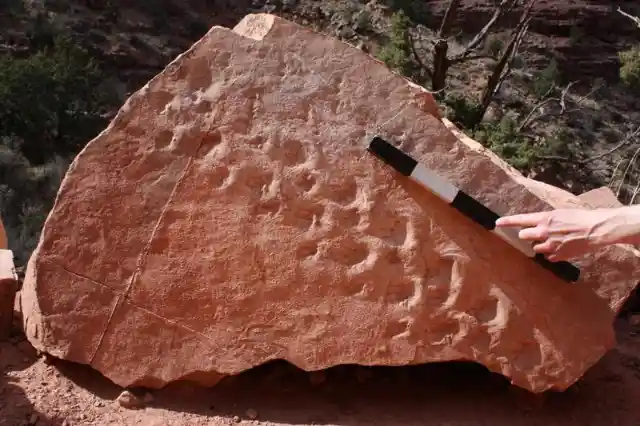
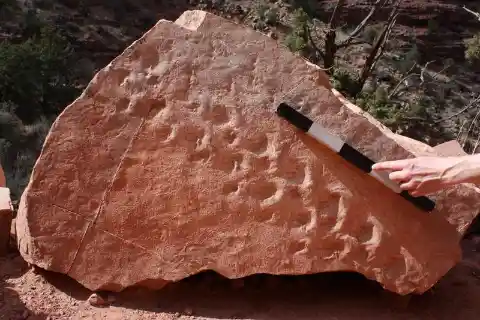
Luckily, scientist Allan Krill was able to discover something fascinating because of the cliff collapse. He and his team set out to study what they had found. Looking at the rock, it seemed to have some unusual footprints. Further proceeding with the examination, they were about to reveal old secrets and mysteries.
How the Grand Canyon Came to Be
The creation of the Grand Canyon came into place due to the increasing temperature and compressive forces that paved the way for metamorphic and igneous rocks to form together. Then, the accumulation of sedimentary layers began, and each layer left a mark of history.
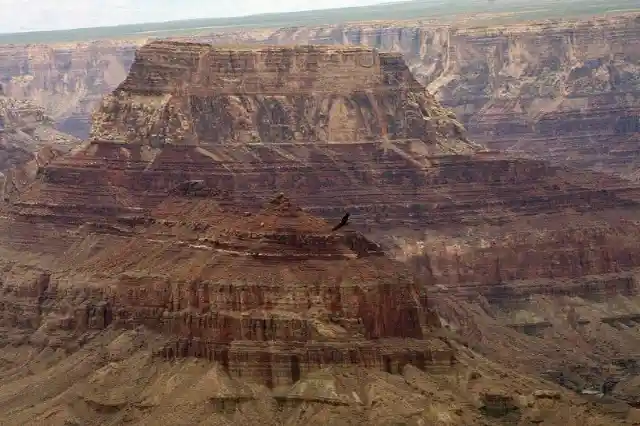
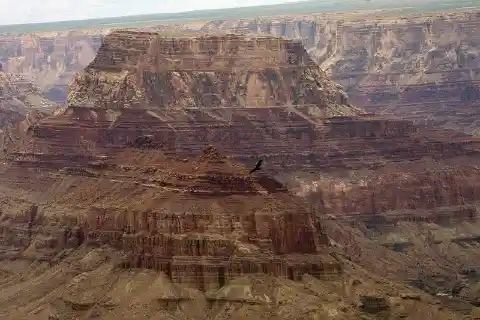
Modern geologists are interested in digging deeper into this information. Tracing the history of the Grand Canyon and a cliff falling may be a blessing in disguise in learning its secrets.
The Long Process
However, the entire process took millions of years. The actual formation of the canyon took place during the end of the Crustaceous period, around 145 million to 60 million years ago.
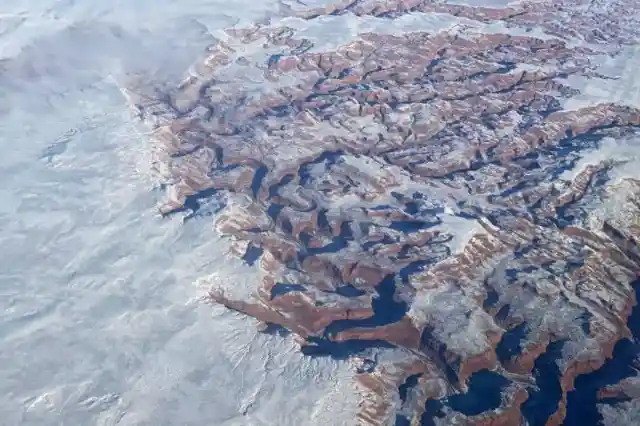
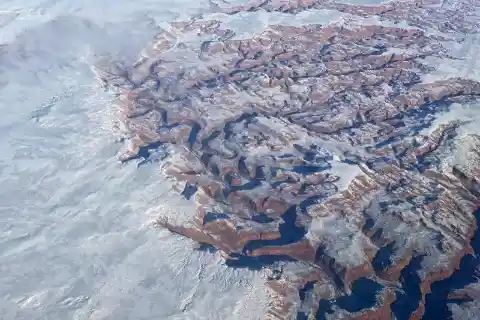
This explains why geologists and historians are so invested in studying the Grand Canyon. Its history and geologic features are worth the time and effort.
What Happened in those Million Years
The tectonic plate activities underneath the area around Arizona gave birth to the formation of the Colorado Plateau. Such events took place around 70 million years and over the course of the next 40 million years.
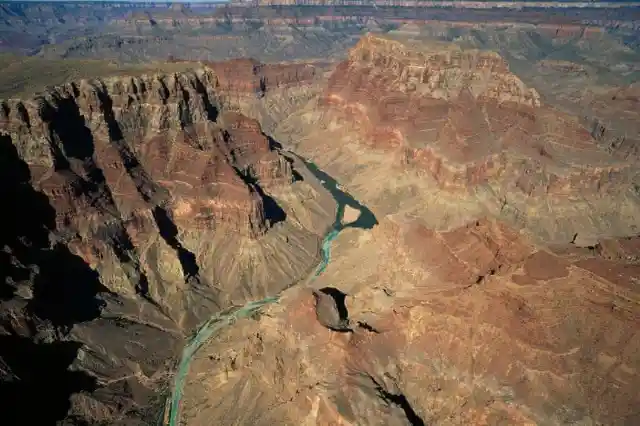
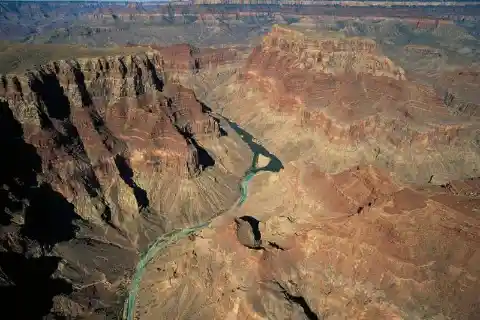
This plateau is elevated 10,000 feet above sea level. In addition, it incredibly covers more than 130,000 square miles.
Historic and Geographic Riches
This place rich with history took millions of years to form. A lot happened throughout those years before it became what it is now.
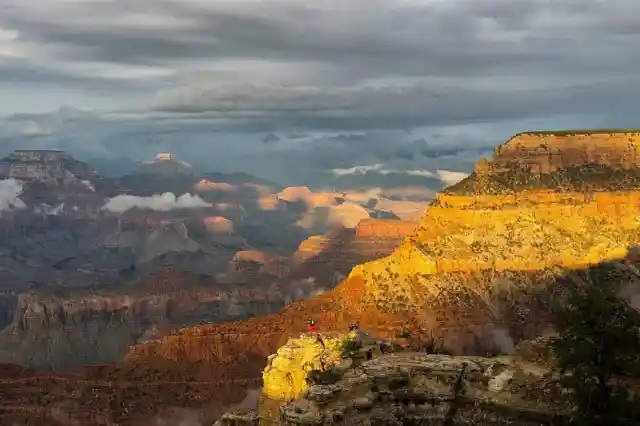
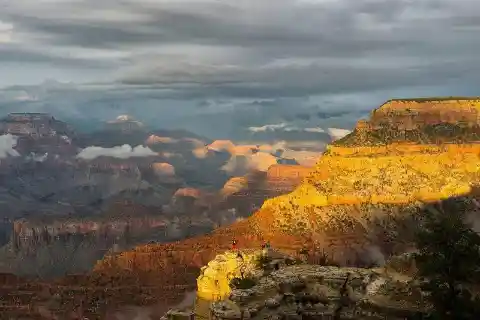
This place actually lies across the modern-day borders of Arizona, Colorado, and New Mexico. How exciting it must be to witness its view!
The Drainage Problem
A harsh shift happened during the formation of the Colorado Plateau. The drainage system was not functioning well.
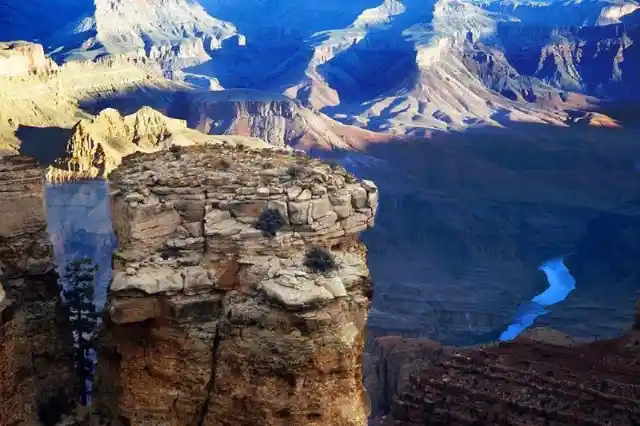
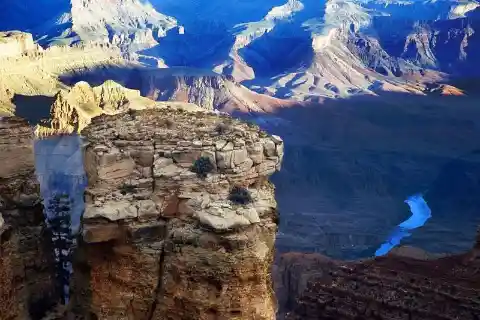
The melting of ice and rainwater was not helping. They became trapped in parts of the Rocky Mountains, and the leak began to traverse westwards.
The Birth of Colorado River
Science and Destiny held hands once more. That harsh shift caused the water to develop into the Colorado River.
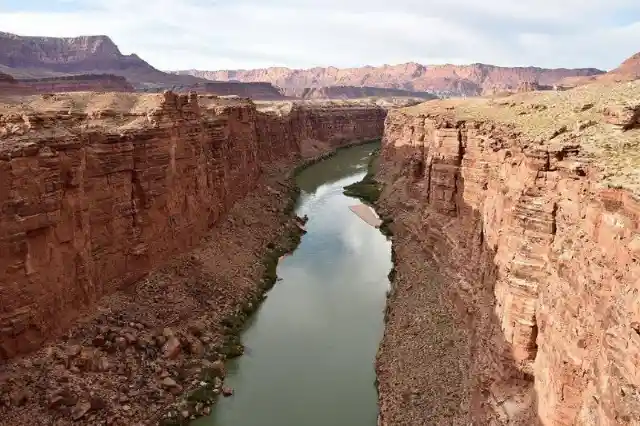
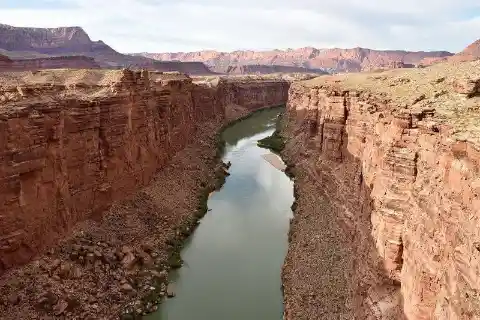
In the world, it is considered one of the most disastrous and most powerful rivers. It is indeed powerful enough to engrave a canyon and cause a river to be formed at the base of the Grand Canyon.
The Constant Changes
The Grand Canyon grew broader and more comprehensive because the river continued to sink deeper into the rocks. Its size was changing because of the effects of the ice age.
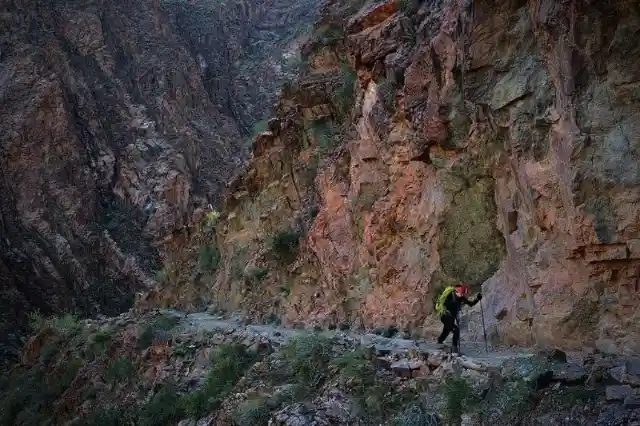
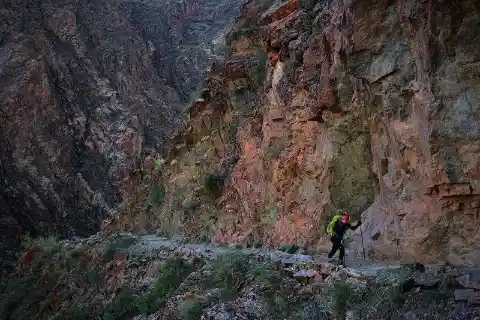
Around 2 million years ago, the climate became wetter, and the river currents stronger because of the array of ice ages that came into place. Thus, the river sank even more profoundly. However, that does not stop there.
Who Walked in First?
The vast horizon of the Grand Canyon attracts many tourists from different continents. However, geologists would like to provide us with some enlightenment.
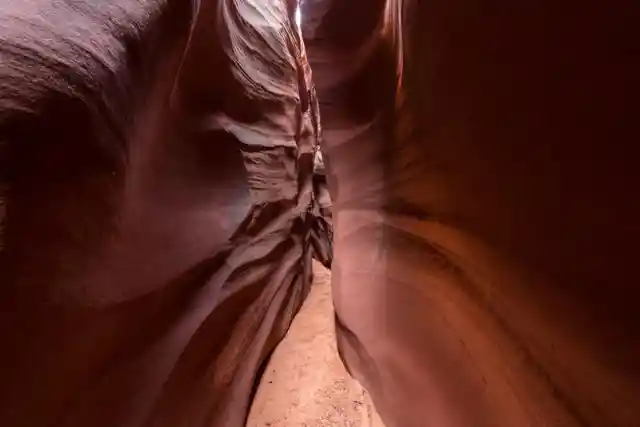
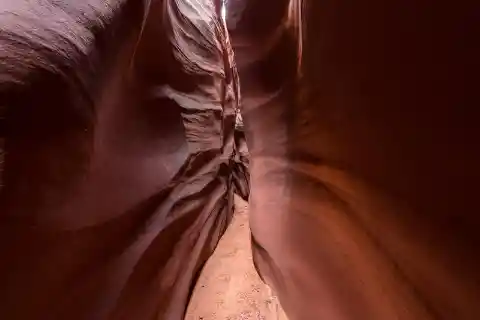
It is noted in geological evidence that even before the canyon became widespread, many people actually stepped on there. Was it by chance or by choice?
The First Visitors
As the ice age helped form the Colorado River, humans first started arriving in this area of Arizona. Around the middle of the 16th century, the first Europeans bumped upon this beautiful view of nature.
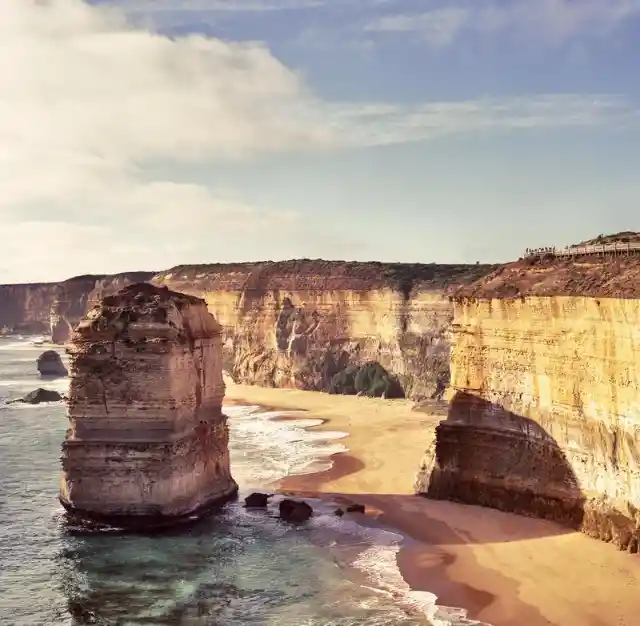
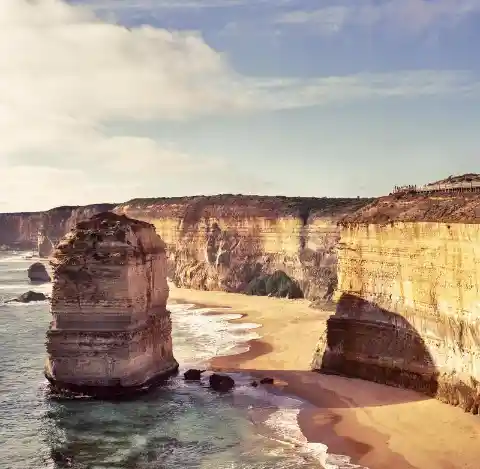
Thus, they were the first visitors of what we now know was the Grand Canyon. Either by chance or by choice, what honor it must be!
Tourists and More
Being one of the Seven Wonders of the World has its perks. Aside from historical significance, economic significance is also evident.
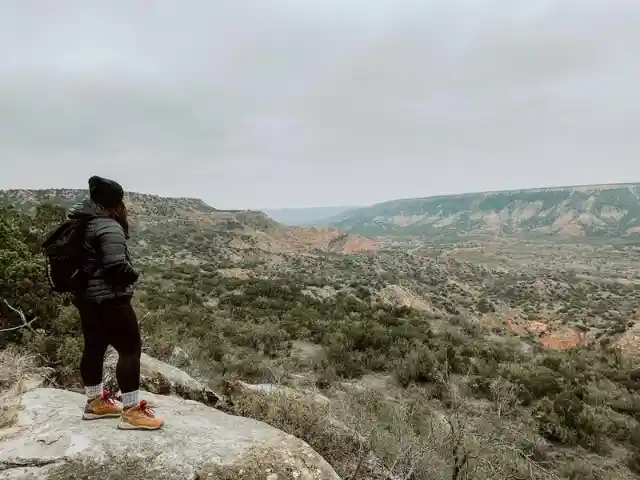
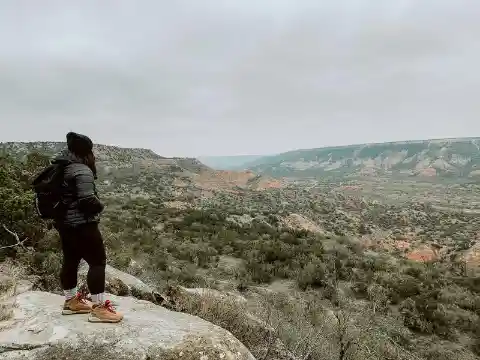
Many tourists and travelers around the world make the Grand Canyon one of their bucket lists. However, the Grand Canyon not only attracts tourists but various scientists as well.
Prepare your cameras!
Some of the famous spots are Isis Temple and Granite Gorge. Isis Temple is a prominence along the Northern Rim and towers around 7,000 feet above sea level.
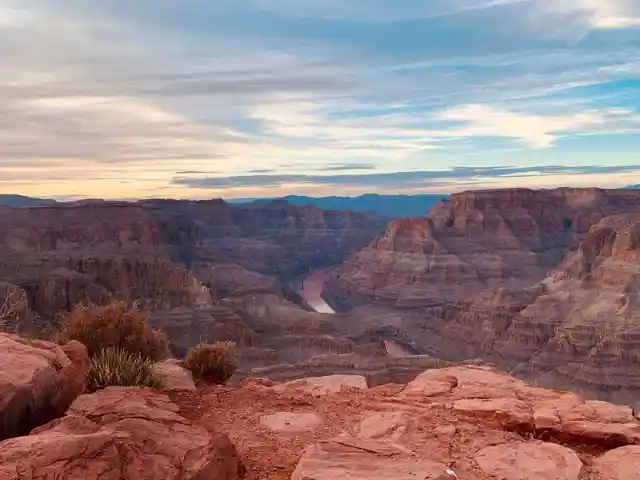
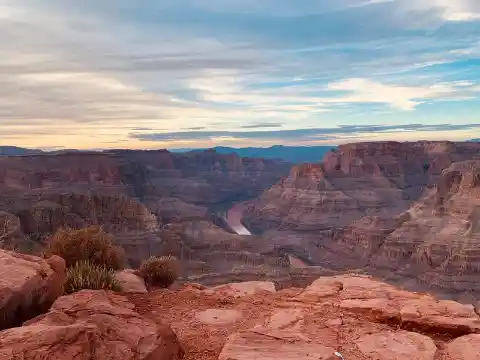
Granite Gorge is a basement layer of igneous and metamorphic rocks that have been bent and twisted during mountain-building activities. What secrets does the Grand Canyons have under its belly?
Bright Angel Trail
Bright Angel Trail allows hikers to experience the footsteps (literally) of Native Americans. This trail offers a majestic view of the Grand Canyon and even has rest houses that provide a perfect experience for first-timers.
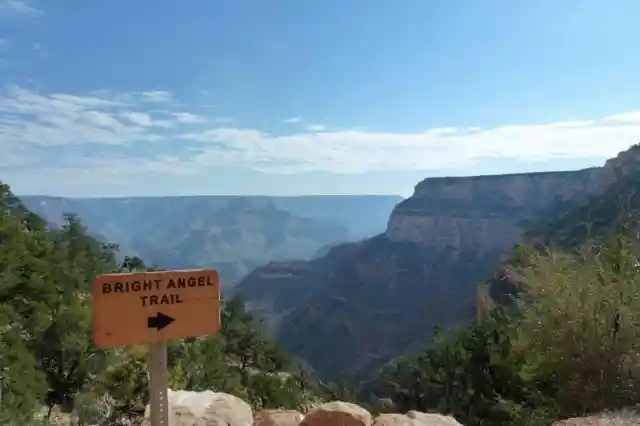
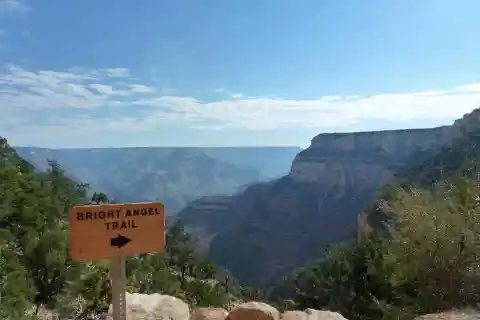
No wonder it is considered the most famous trail in the park. However, this sought-out path, sadly, witnessed a tragedy—the collapse of a cliff.
Not So Cliffhanger
Facing alongside Bright Angel Trail was a cliff, the red rock facade glimmers in eyesight as portions of it fell. The incident caused the rock to descend, hiding a piece of history, but it was unknown to most.
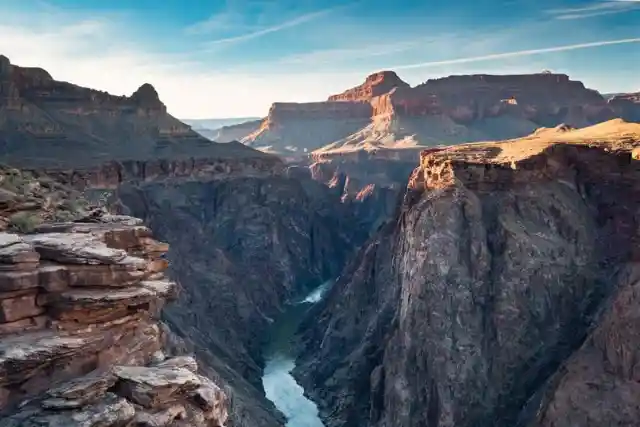
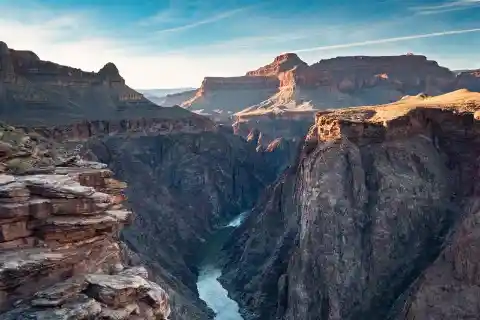
For visitors of the trail and the Grand Canyon, it’s just nothing but an ordinary rock, no significant value at all. Not until someone with the proper knowledge and skills found this rock and made its significance known.
Who is this “Someone”?
The man behind the discovery is a biologist named Allan Krill. A biologist like Krill is someone who focuses on living organisms, including plants and animals.
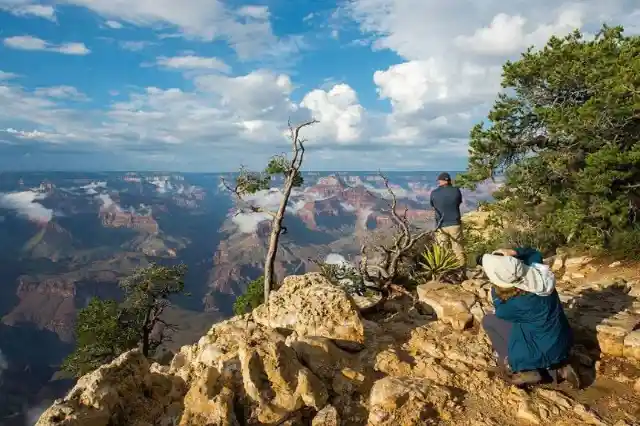
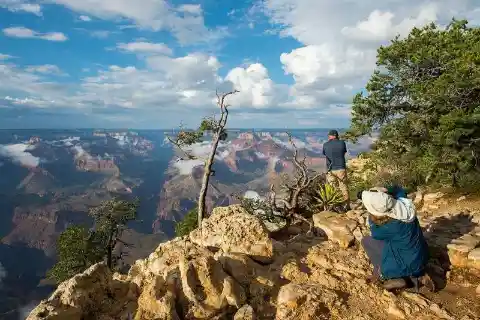
On the contrary, a rock is a non-living organism, but still, Allan Krill went beyond his job description. He kept his eyes on the rock, not knowing that he would unravel history.
The Scientists’ Eyes
Upon his observation, Krill noticed the unique features of the boulder. Such features were being stepped on and ignored by tourists because they were unaware of their significance.
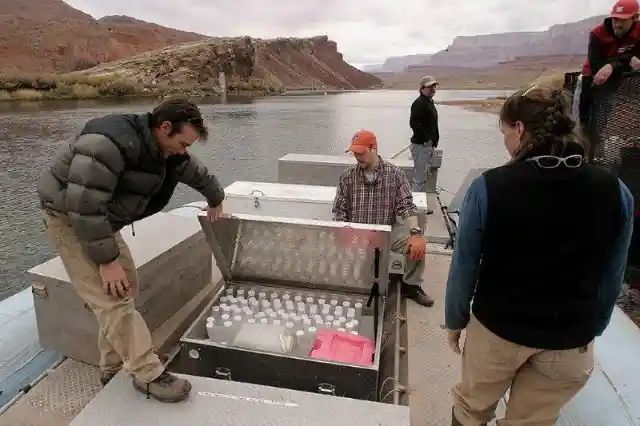
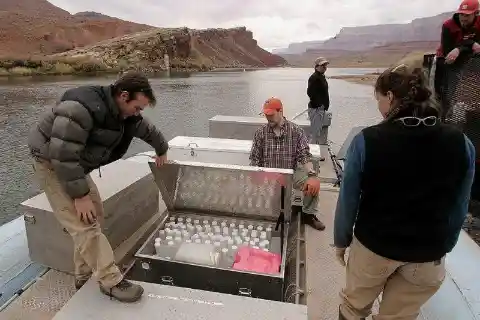
Such features seemed to be ordinary in most eyes but not in the eyes of Mr. Allan Krill. Upon looking at the markings, what discoveries did he uncover?
The Discovery
Biologist Allan Krill wouldn’t let this gem go. He knew there was something remarkable about this boulder, and he couldn’t just ignore that. On that boulder, he discovered something that even preceded the dinosaurs!
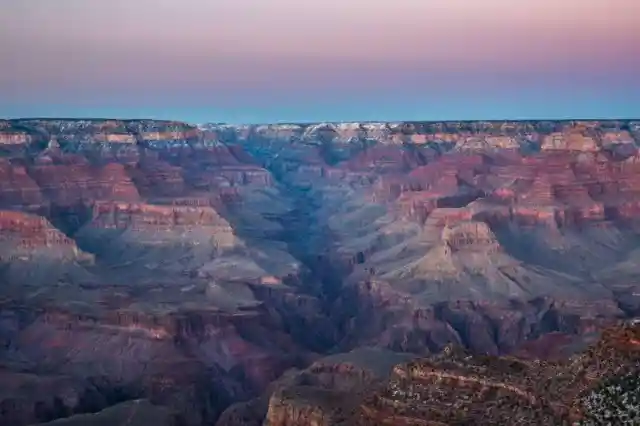
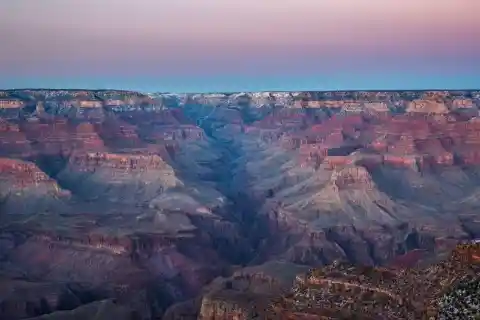
This discovery was highly precious and significant. Who would think that a collapse of a cliff can produce something valuable? How come Krill would look at the rock?
Thanks, Friend
However, Krill’s great discovery did not become known instantly. The new information did not make its way to publications and websites overnight.
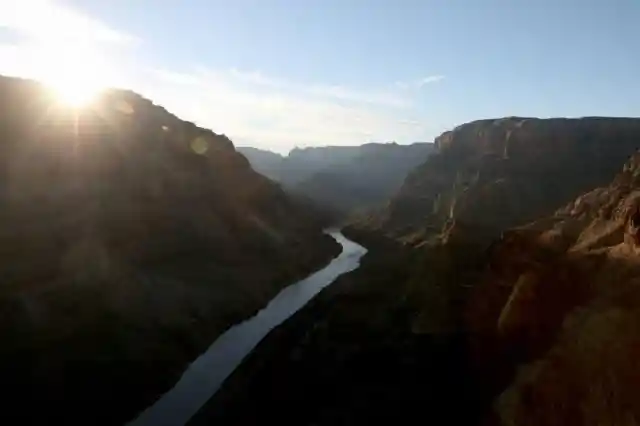
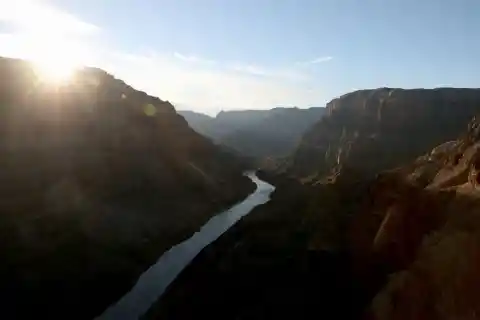
It took four years before Krill’s discovery became known worldwide. Imagine, such a gem was unconsciously hidden for centuries and another four years!
Discovery Made Known
After four years since the discovery and thanks to one of Krill’s friends, he went on and wrote a paper about it. The published written work explained how this discovery contributed to the history of the majestic Grand Canyon.
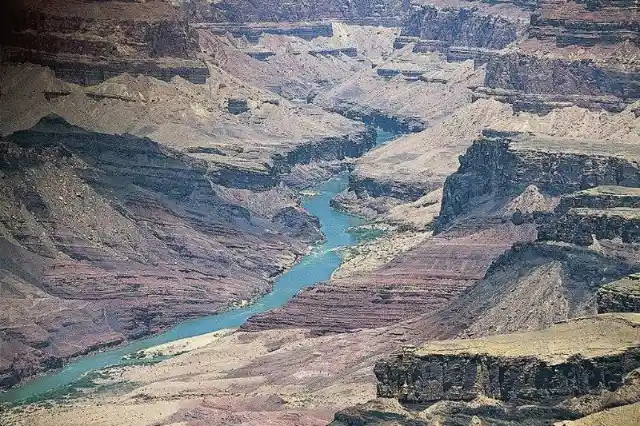
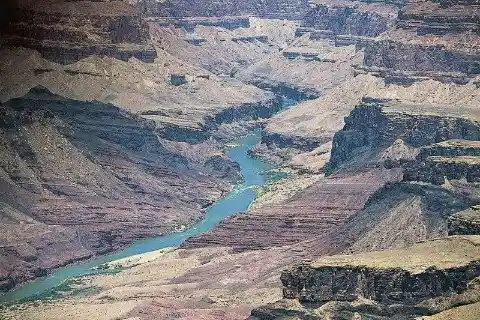
There it went, from being an ordinary rock to being a historically significant rock. All thanks to Krill and his friend!
What If
This discovery is in a class by itself. It enlightens us about what the world we live in looks like, way before humans and computers dominated it. However, what if the cliff didn’t collapse?
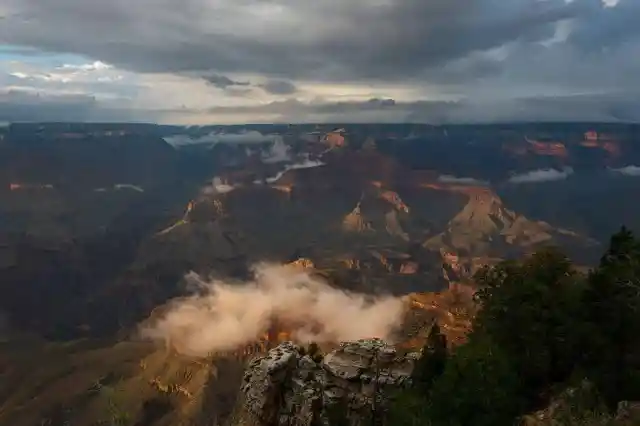
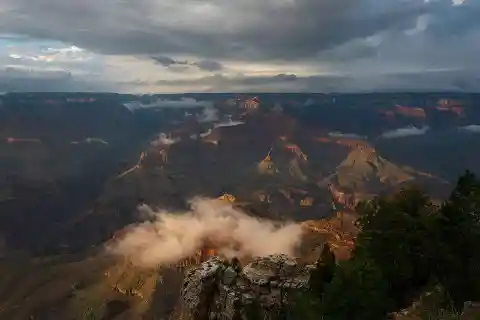
What if Krill didn’t give this rock a glance? Will someone come and discover the rock?
Scientists on the Move
Since 1858, scientists have been drawn to the geological features of the canyon. One of them is Allan Krill, who discovered something in a rock that precedes the dinosaurs.
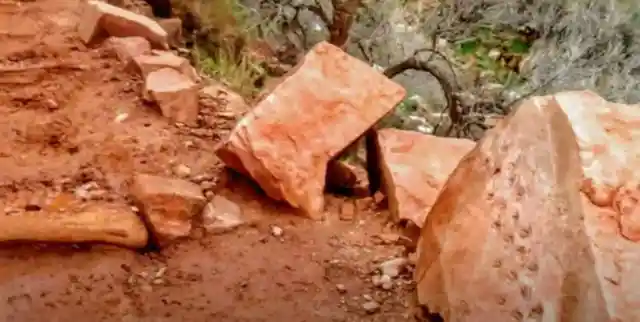
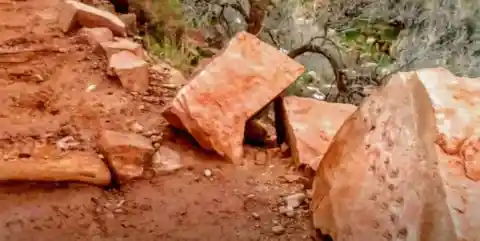
In addition, scientists found that the canyon walls are no fewer than 13 types of stone. People can now enjoy the fun facts and many other discoveries about the Grand Canyon with massive thanks to them.
Doubts and Questions
Although facts have been laid down, still, scientists have more time and energy to unravel some mysteries. In 2014, geologists from the University of New Mexico published a written work that debunked the long-held belief about the formation of the canyon.
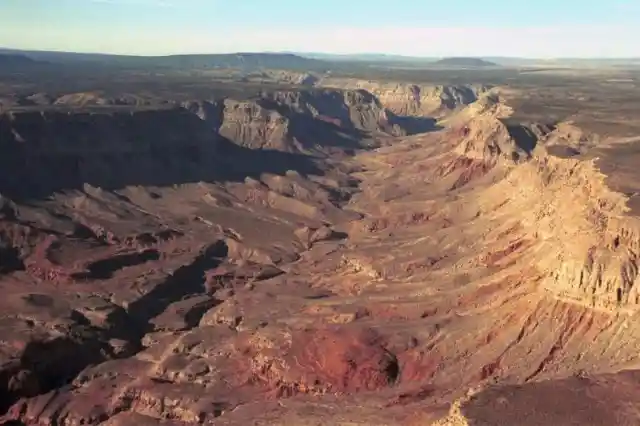
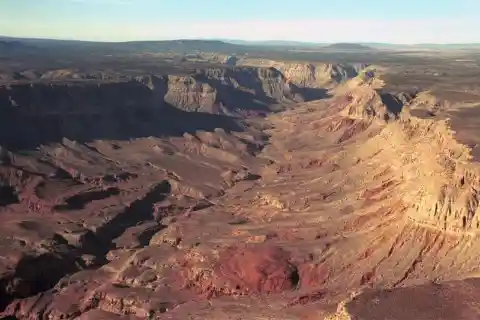
It was also noted in the same study that one theory is actually wrong. What and how did it go wrong?
Debunking the Belief
It has been widely believed that the canyon is more than 70 years old. However, geologist Karl Kaarlstrom seemed to disagree.
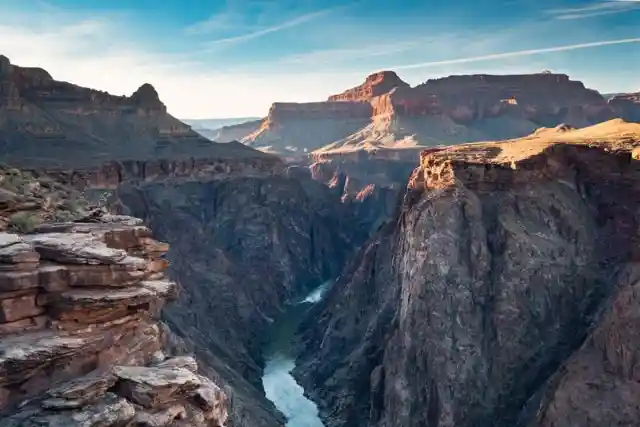
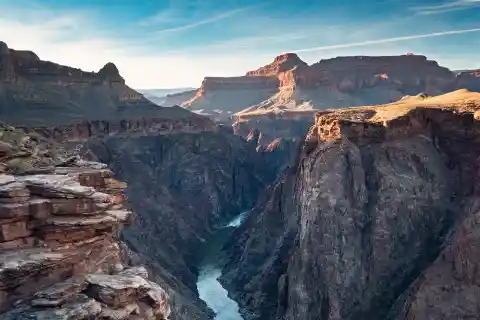
In the academic journal Nature Geoscience, Kalstrom wrote, “Different segments of the canyon have different histories and different ages, but they didn’t get linked together to form the Grand Canyon with the Colorado River running through it until five to six million years ago.” His claim became a controversy.
The Chaos and Controversy
His claim received numerous disagreements from other scientists. His evidence for his claim is not consistent. In an interview with Boston radio station WBUR in 2019, geologist Wane Ranney states, “The Colorado River is constantly tearing away at the walls of the canyon and removing the evidence of its earliest history.”
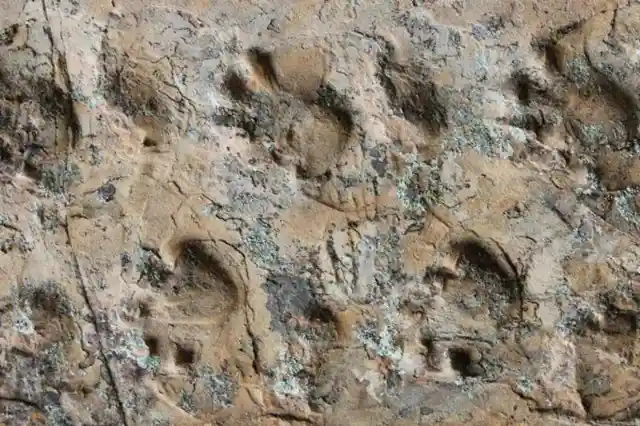
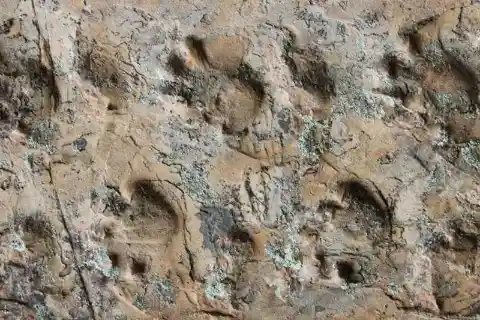
In addition, erosion revealed some secrets, including the fossils of ancient animals that made the Grand Canyon their former home.
The Revelation by Allan Krill
In addition, due to the collapse of a cliff, biologist Allan Krill discovered animal footprints in the rock! In May 2019, a set of fossilized footprints had been found in a far-off area of the canyon, as announced by the National Park Service.
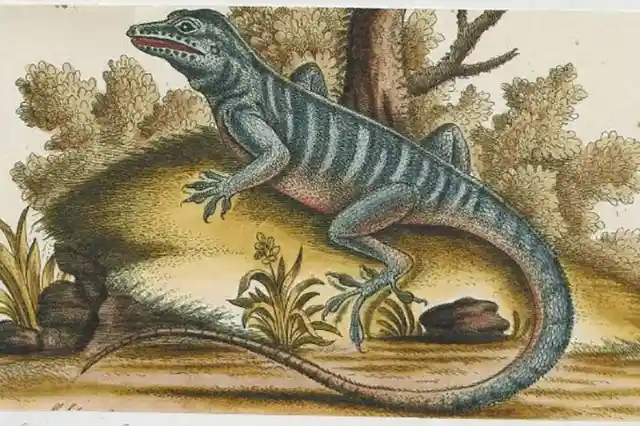
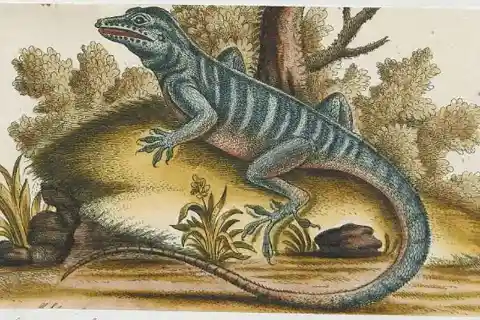
The footprint was believed to belong to the four-footed creatures and existed even before the dinosaurs! Paleontologists confirmed that the marks belong to Ichniotherium, a group of tetrapods known as diadectomorphs that had never been seen in a desert environment before.
Secrets to be Revealed
Discoveries made by scientists brought whole new information that makes us appreciate the beauty of the Grand Canyon even more. Discovery after discovery, scientists, can’t seem to have enough.
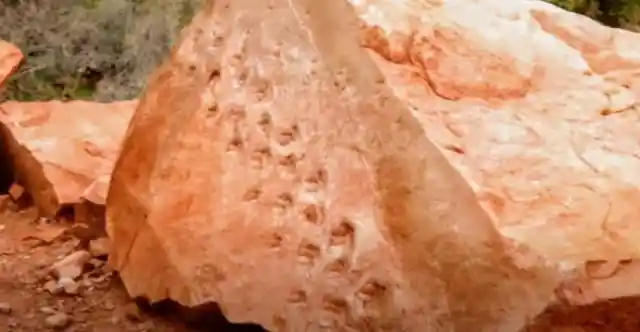
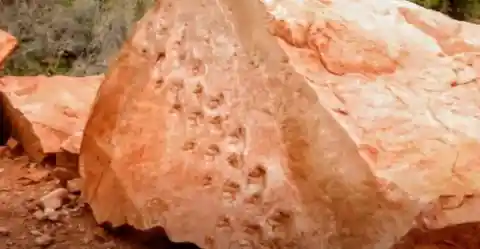
Digging deeper into their researchers, their curiosity grows bigger. Now, the secrets of the canyon are yet to be revealed.
Discovery Goes On and On
Scientists found that the marks are 313 million years old, and they originated from the Carboniferous Period. It also became clear that the rock came from an exposed section of the cliff known as the Manakacha Formation. Various researchers and scientists are invested in going deeper into these discoveries. Some may doubt it, but we thank Allan Krill and other scientists for generating new knowledge. Up to this day, the Grand Canyon stands tall with its majestic view and foundation.
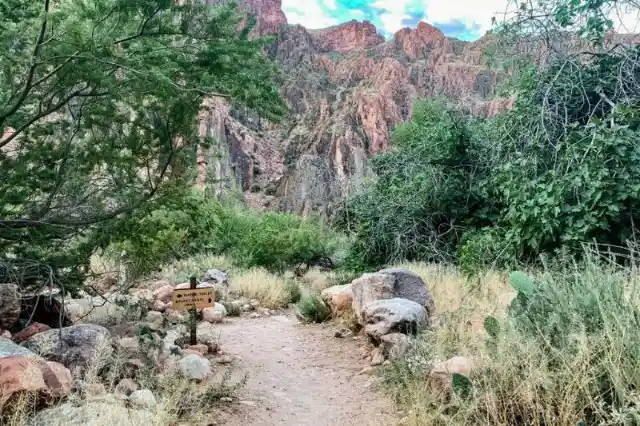
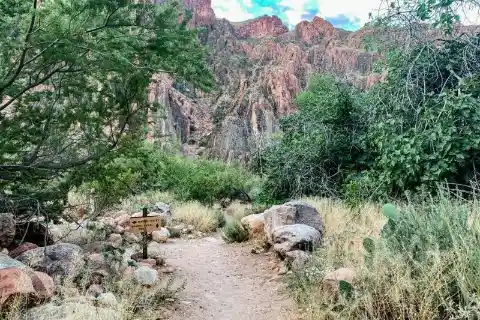
There’s always beauty in learning about the past and how it affected the present and how it will affect the future. History, geology, and economy are intertwined. One discovery about the other may cause ripple effects to other fields.